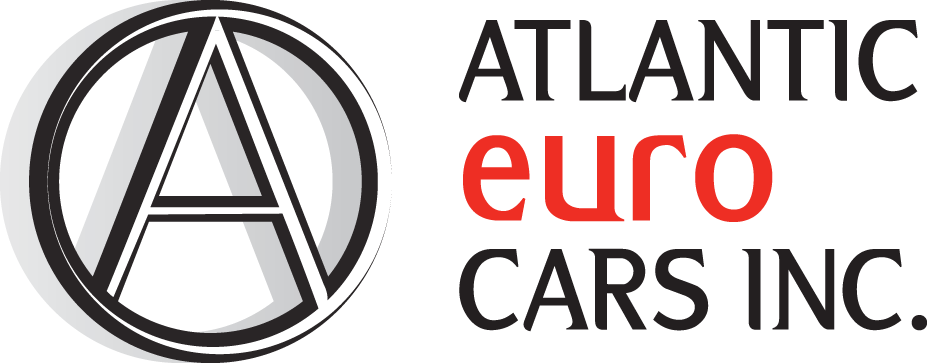Pricing a Used Car for Sale
“In the car business it is often said a car has three prices; the price you want, the price you can sell it for, and the price you can sell it for today.” (Hup Clark, Atlantic Euro Car, May 2012)
To be serious, there are actually four values commonly associated with used-vehicle pricing; they are trade-in value, private party value, retail value and advertised price.
Advertised Price: The Advertised price is the price you see vehicles offered for sale. It is a price that is established by researching the market; evaluating recent sales amounts, vehicle mileage, condition, and popularity. Doing this research will reveal wide ranges of prices for any given model. It should also provide an insight into the reasons for these variations. A good rule of thumb would be, for vehicles of similar age and condition, to drop the highest two prices and lowest two prices and average the rest. This should give you a realistic asking price
The Actual Retail Value: It is the price of your vehicle established by the national market driven by actual sales by licensed automobile retailers and individuals, and reflects the popularity and reputation of the vehicle for reliability and longevity. It is usually expressed as a price range. The highest retail prices are for vehicles sold by good dealerships, which are professionally reconditioned, detailed and cleaned, and repaired to bring them up to superior standards. These vehicles will also be offered with a limited mechanical warranty, or possibly as a factory certified vehicle with an extended warranty.
Private Party Value: It is the price at which a car will move in a sale between two individuals. These prices are lower than retail value because a private individual, while he may strive to keep the car as clean as possible, rarely will recondition, service, or guarantee the vehicle after the sale. An individual is also not burdened with overheads such as rent, insurance, utilities or wages. And the only warranty in effect will be any remaining balance of the original factory coverage, and then only if it’s transferable.
Private sales are almost always final. In a private sale there is no buyer recourse, unless through a lawyer. Private party values are middle of the road when compared to trade-in or retail values.
Trade-in or Wholesale: Bottom of the pack is trade-in price or wholesale price. This is the best price a dealer will offer for the vehicle on a trade. Every dealer will evaluate a trade-in from three perspectives; its condition, what reconditioning may be required to sell it, and the cost of maintaining it in inventory. Typically, a dealer will offer less than trade-in value, to cover the costs to prepare a car to sell on the used car lot. Dealer costs will include interest, repairs, reconditioning, safety certification, warranty, and other expenses. In some cases, if the trade-in does not sell they may be faced with putting the car up for auction, which will add additional costs such as transportation and auction fees.
Cars with obvious damage or those not running will fetch very low prices. The same applies to cars with expired safety stickers. Potential purchasers are likely escaping from similar circumstances. Few buyers will take on somebody else’s headache.
Here’s a tip. Allow yourself some space to negotiate. Once you’ve classified your car and come up with a price, add at least 10% to it. This is going to be your wiggle room. The buyer is going to be the ultimate arbiter of your car’s value. Also, try to approach the negotiation with as much information as possible. Always assume the other side is as well prepared as you are.
Pricing Links
www.canadianblackbook.com
www.vmrcanada.com
www.autotrader.ca
www.usedcarscanada.com
